August 1950
- charliebunton
- 10 minutes ago
- 5 min read
The oppressive August heat enveloped Rogers City like a heavy woolen blanket, sending shimmering waves of humidity off the pavements and pushing temperatures into the upper eighties day after day. The air was thick and stifling, making even the most mundane tasks feel like a laborious effort. However, relief awaited just beyond the limestone bluffs where Lake Huron's clear waters called -- a refreshing sanctuary that provided a stark contrast to the sweltering conditions. Thanks to months of dedicated municipal efforts, the city's beach has been transformed into a true summer refuge, complete with clean sands, well-maintained facilities, and vibrant community engagement. As the afternoon sun blazed overhead, children's joyful squeals echoed across the water as they splashed and dove beneath the surface, their laughter mingling with the gentle lapping of the waves.
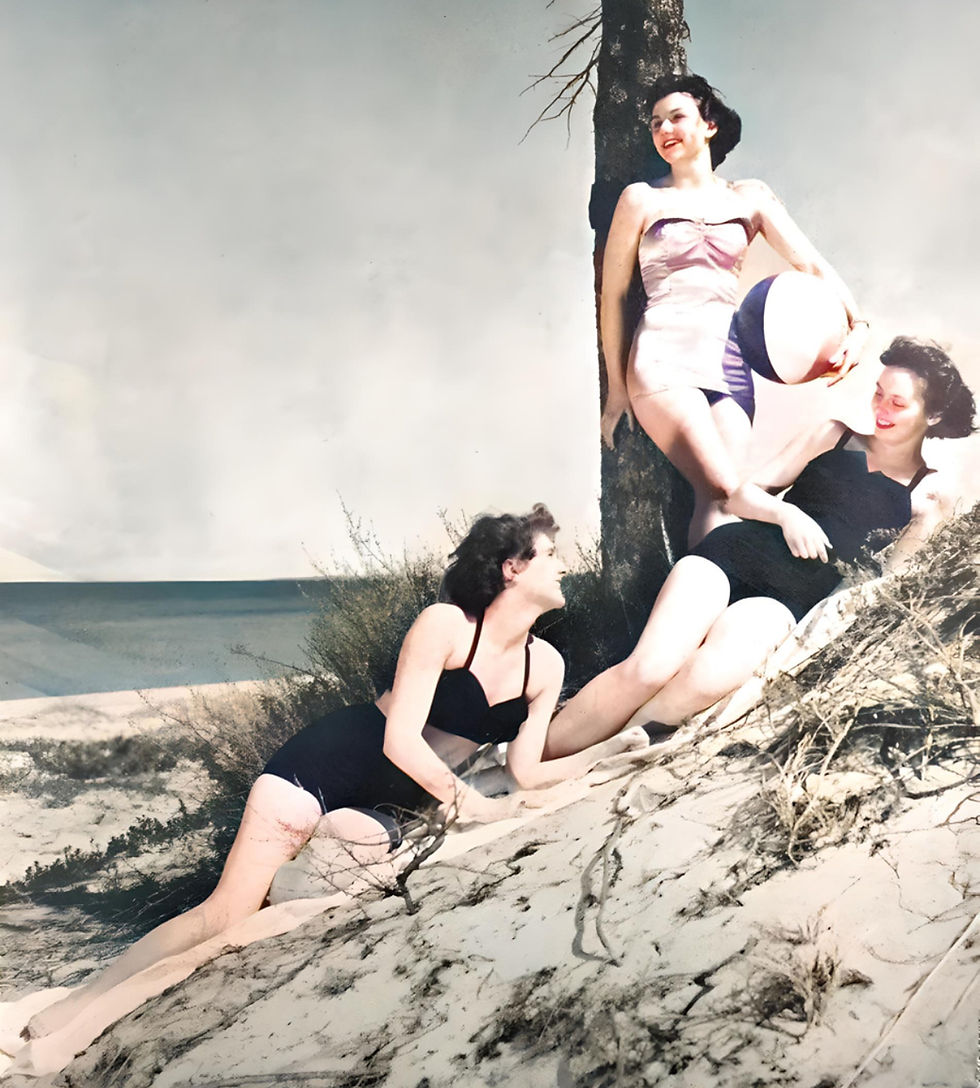
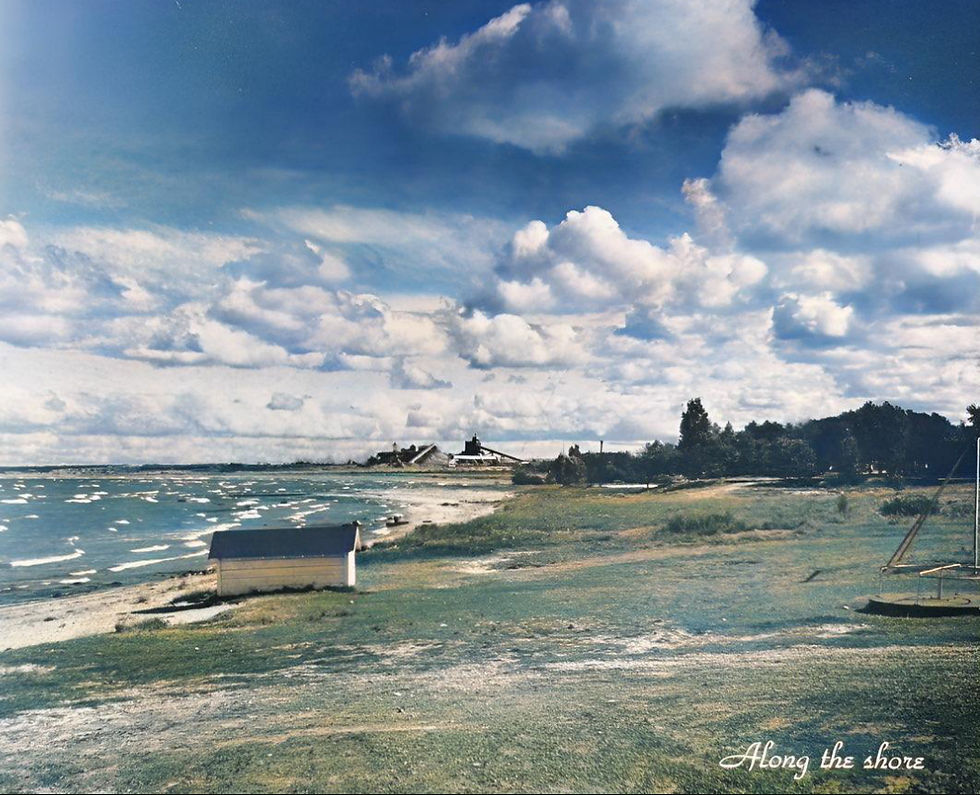

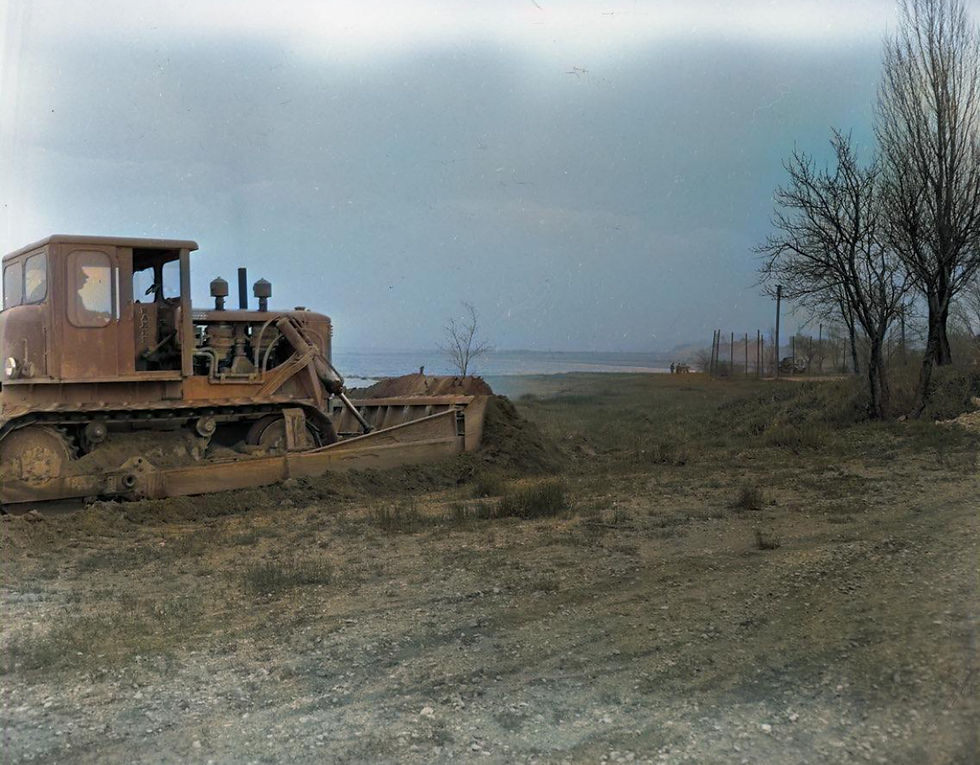

On August 3, Rogers City experienced a momentous occasion as it hosted a large circus event for the first time in 27 years, welcoming the famed Kelly-Miller Circus. This spectacular attraction brought with it a sense of excitement and wonder, featuring an array of exotic animals that had never before graced the town. Among the highlights were Miss Oklahoma, a magnificent 2-ton hippopotamus, along with giraffes, elephants, rhinoceroses, and other incredible creatures that captivated the imaginations of young and old alike. The circus, known as the second largest traveling show of its era, was a magnificent production featuring 450 performers, 218 animals, and 103 aerial stars, all housed beneath the vast expanse of vibrant colorful tents. The one-day event included a matinee at 2:00 p.m. and an evening performance at 8:00 p.m., with admission set at a modest 75 cents for adults and 42 cents for children, making it accessible for families eager to experience the thrill of the circus.

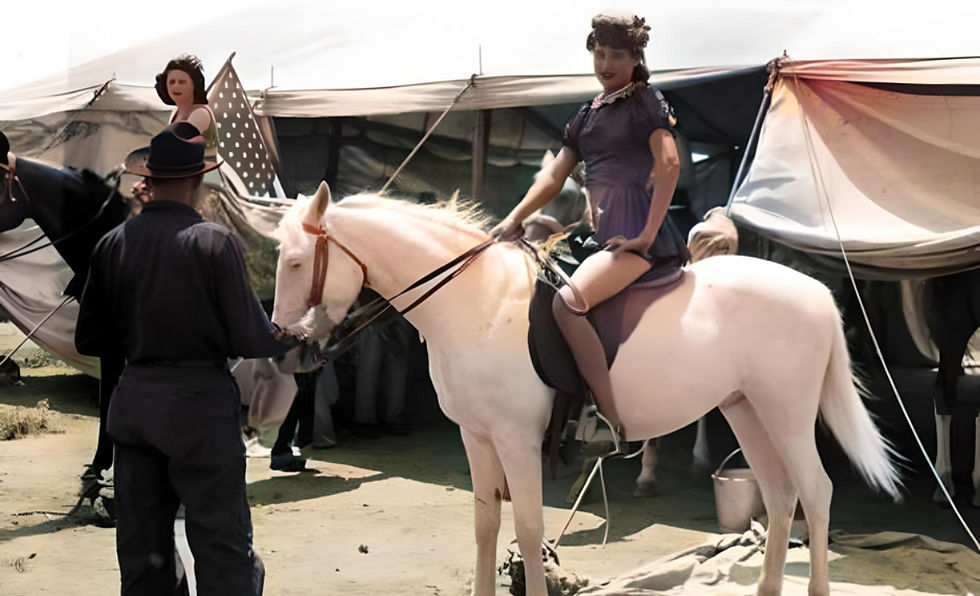

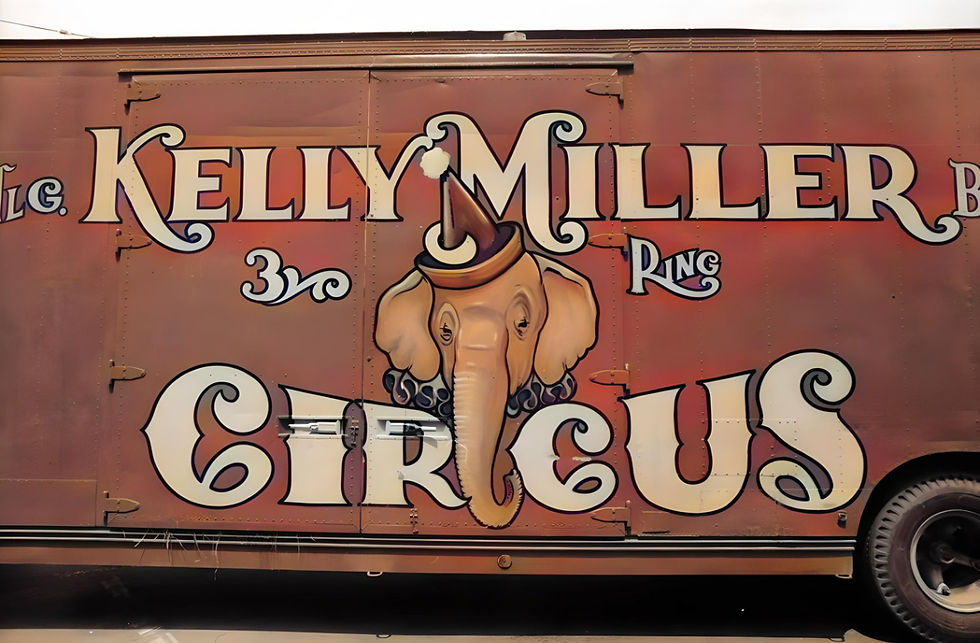
In the midst of these lively events, the local government saw a significant change as Mayor Samuel Jackson submitted his resignation to the city council, a decision motivated by his desire to take on the role of city justice, a position that had been left vacant following the recent death of Adolph Sabin. This transition marked a pivotal moment in the city's leadership.
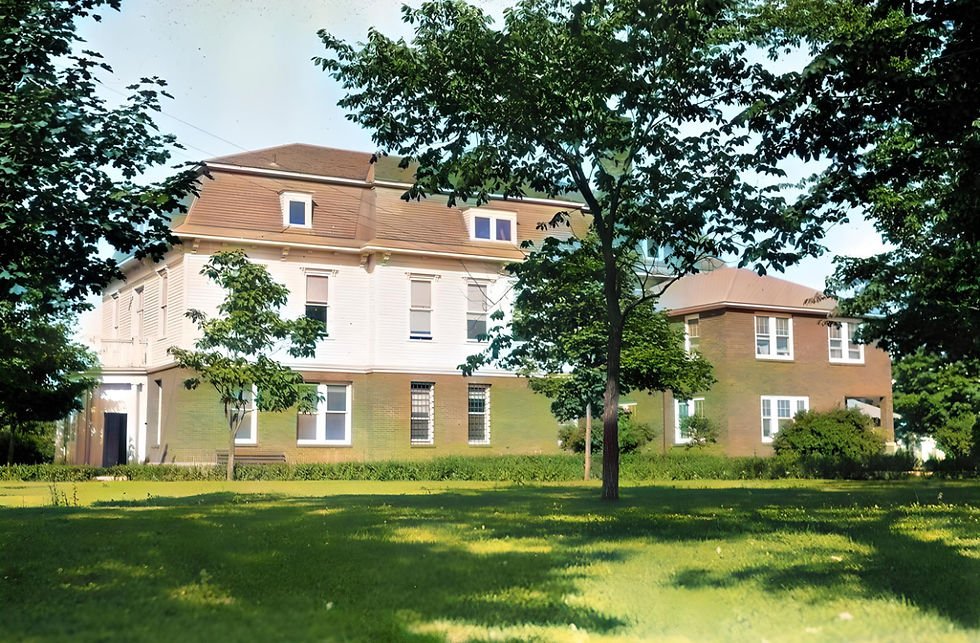
Meanwhile, the Rogers City Hospital welcomed its first patient, Arnold Fuhrman, marking a historic milestone for the medical facility. Clifford O'Conner became the hospital's first surgical patient, undergoing an appendectomy that would set the stage for its future as a vital health resource in the community. Additionally, the arrival of Geraldine Edna Krey, the daughter of Mr. and Mrs. Ralph Krey, on August 8 at 11:28 p.m. was celebrated as the first birth recorded at the hospital. Despite being born six weeks premature and weighing only 3 lbs. 5 1/2 ounces, she thrived in an incubator, showcasing the advancements in medical care. Local businesses, recognizing the significance of this joyous occasion, generously showered the Krey family with gifts, easing their transition into parenthood.

However, not all the news was positive, as equipment at the quarry was damaged when two trains collided at a switch. George Dagner, a brakeman on one of the trains, courageously leaped from the train and suffered a minor leg injury. He spent the night in the hospital but demonstrated remarkable resilience by returning to work the following day. The damage to the equipment was considerable, raising concerns about potential operational disruptions and future safety protocols.
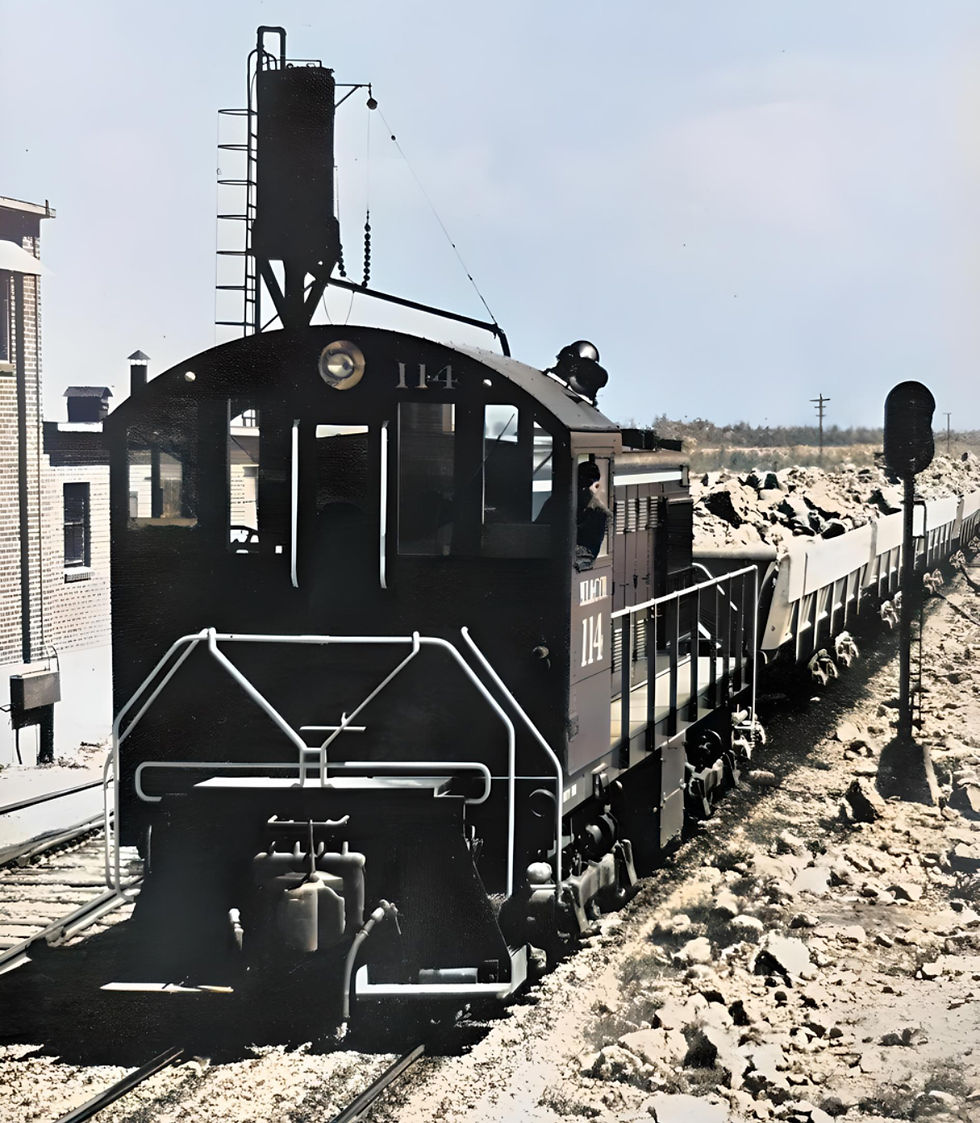
As locals sought refuge from the sweltering heat, many flocked to the Rogers Theater, where the musical film "Annie Get Your Gun" was playing to rave reviews. This new Technicolor film, loosely based on the life of the legendary sharpshooter Annie Oakley, featured the delightful music of Irving Berlin and starred the charismatic Betty Hutton alongside the dashing Howard Keel. The film captivated audiences and sparked a wave of enthusiasm, inspiring every little girl in town to dress up in cowgirl outfits and dream of emulating Annie's adventurous spirit and remarkable talent.

In a bittersweet turn of events, Calcite officials notified the remaining families living near the plant's main gate in an area affectionately known to locals as "Little Italy" that they had been asked to relocate. This beloved community, rich with history and heritage, was primarily inhabited by numerous Italian immigrants who had moved to Rogers City in search of better employment opportunities. Charles Heinzel, who would later become the proprietor of the Brooks Hotel, played a crucial role in recruiting men for work, including Alfred Savina and Joseph Michetti (Micketti). Savina fondly recalled his early experiences, noting that he was paid 50 cents an hour as a welder in the machine shop—nearly 25 cents more than he had earned while working for the Pennsylvania Railroad. Yet it was the warmth and camaraderie of the people of Rogers City that truly captured his heart.



Like Savina, many immigrants who arrived in northeast Michigan fell in love with the area, encouraging friends and family to join them in building a new life. Among the families that made Little Italy their home were those of Vincent Congionti, Francesco Rubio, Batista Camponelli, Peter Rosati (Rose), Angelo Santini, Joseph Michetti, Dominic Michetti, Frank Michetti, Louie Michetti, Alfred Savina, Dominic Mauti, and Peter Giovagnario. Although the community outside the gates would cease to exist, the spirit of their Italian heritage would continue to thrive, woven into the very fabric of Rogers City, ensuring that their legacy would not be forgotten.
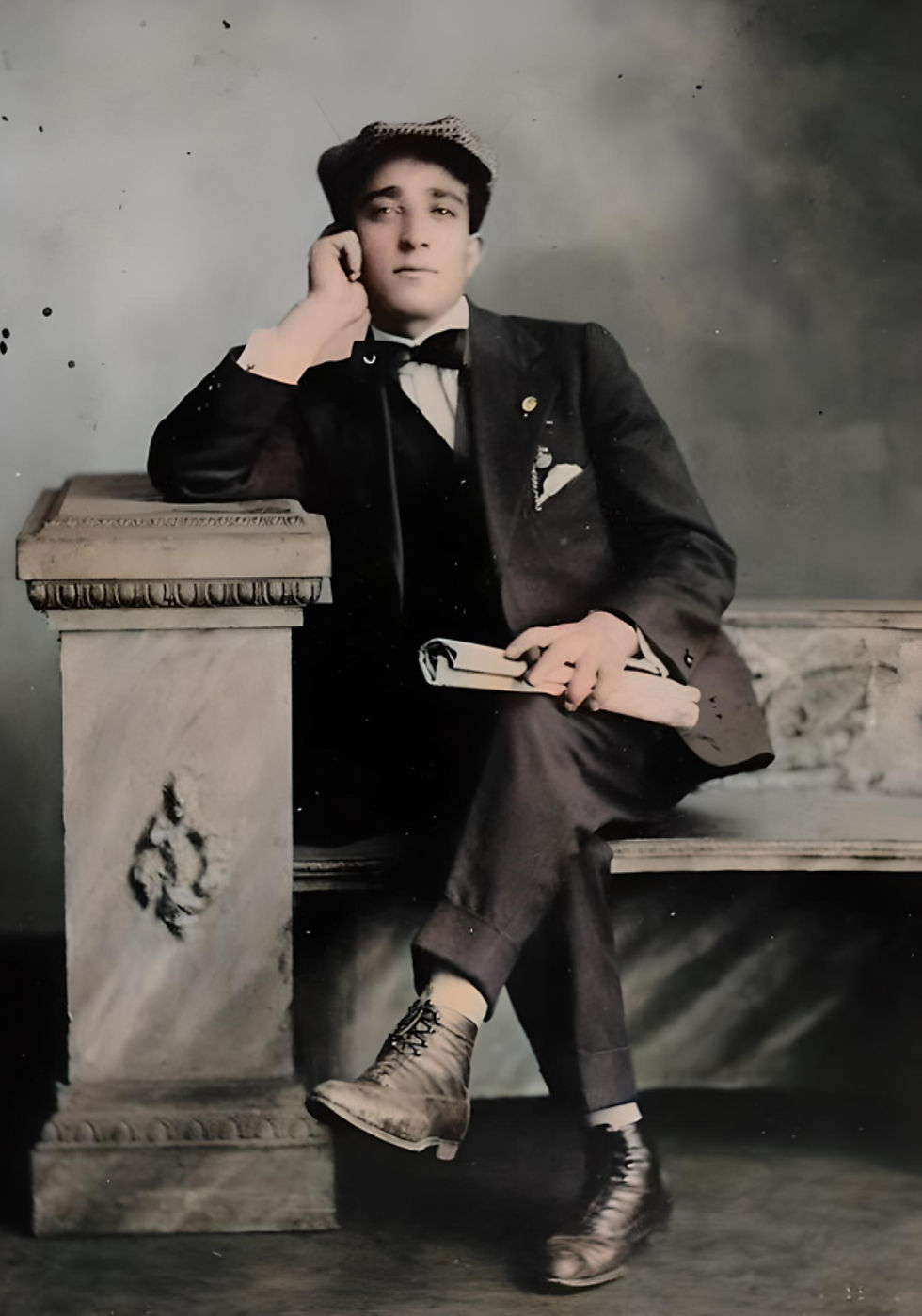

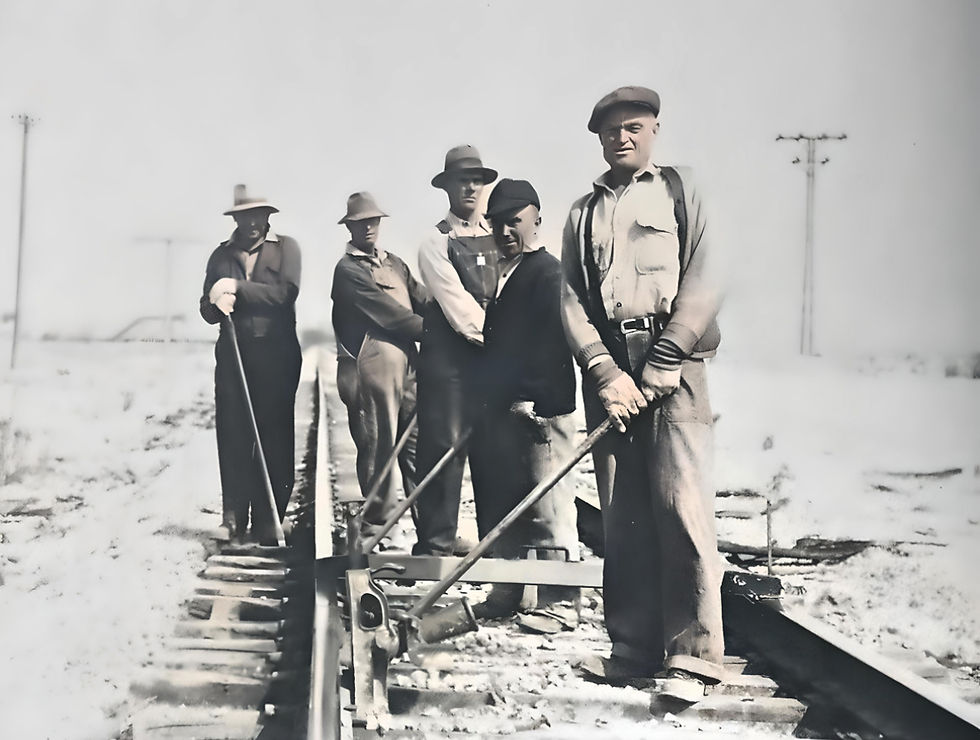
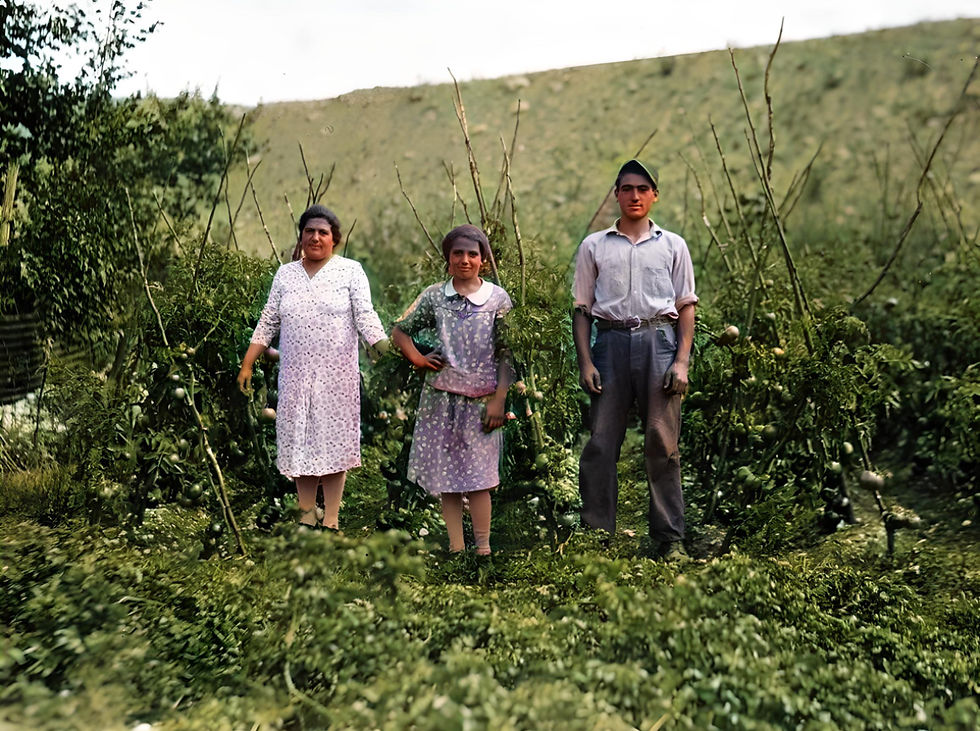


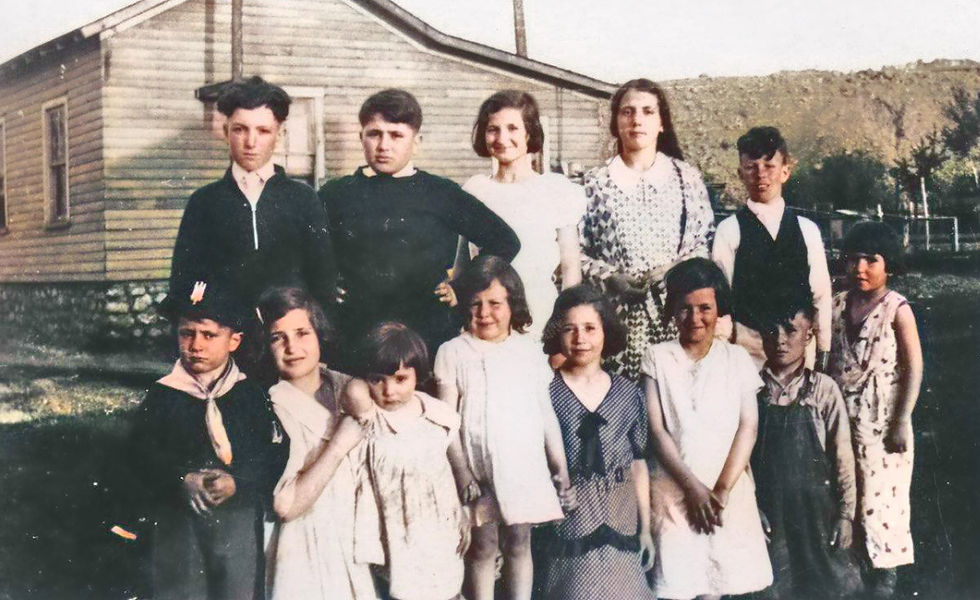
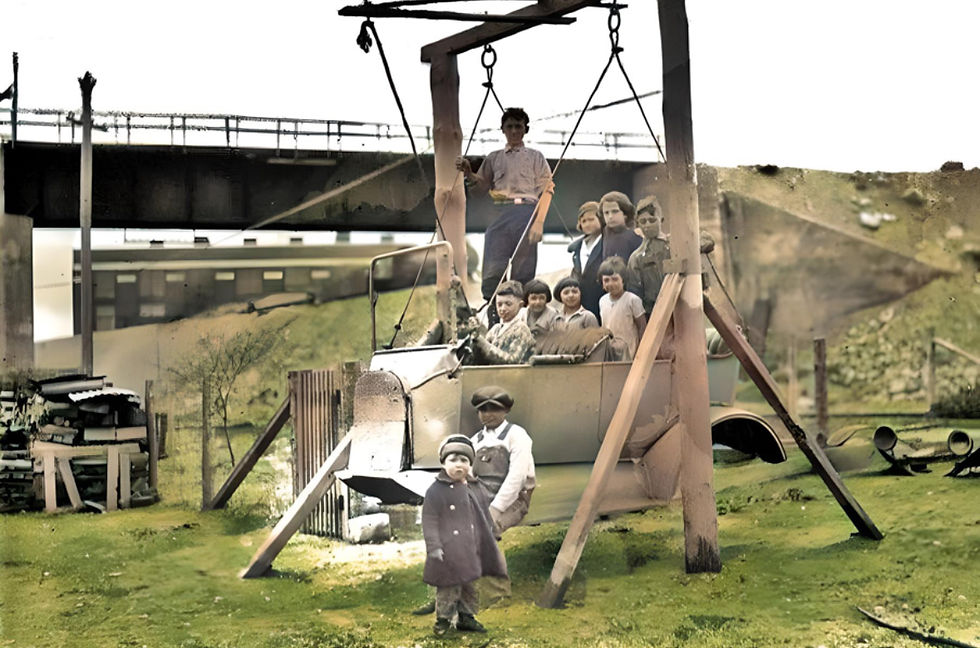


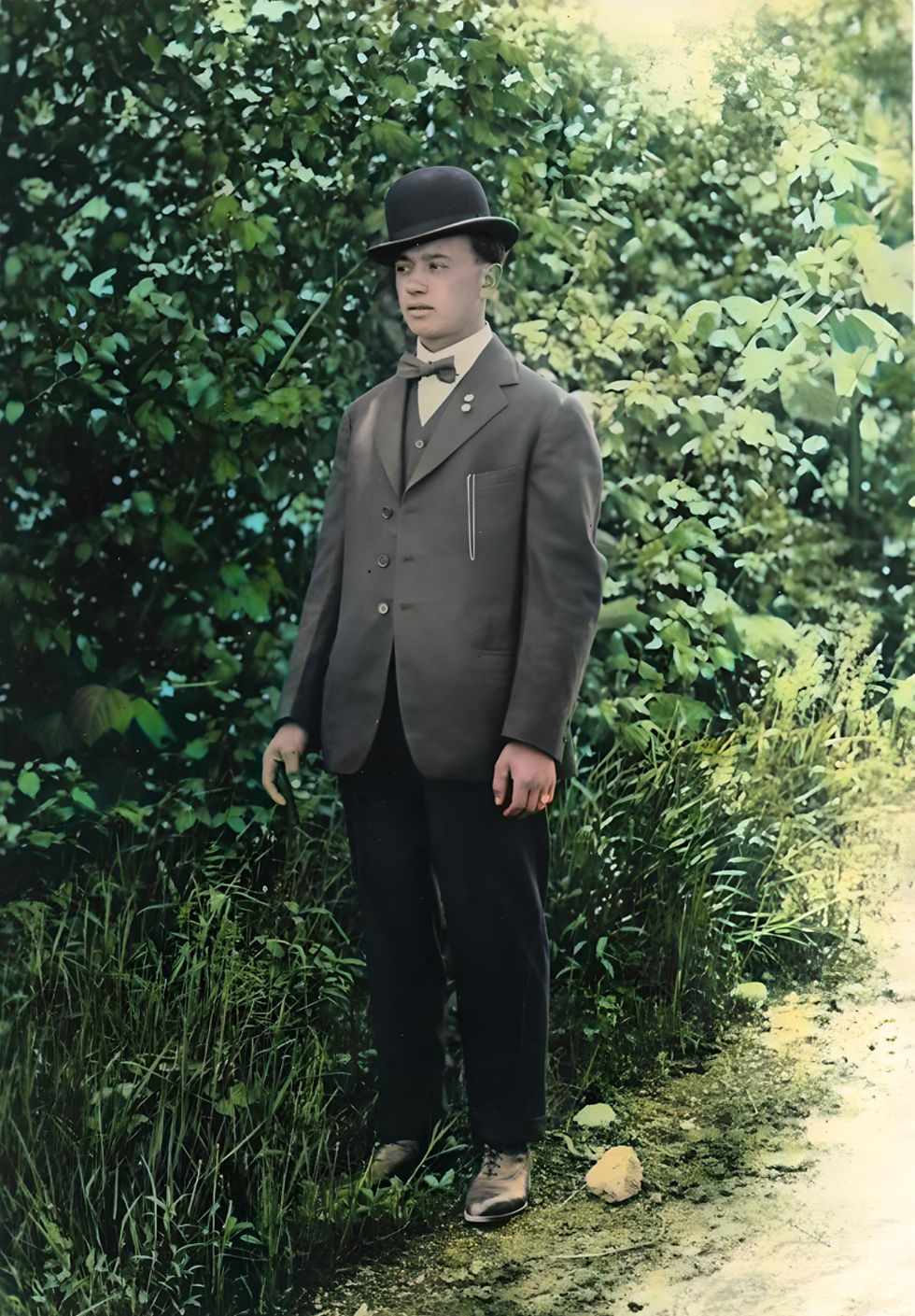



Comments